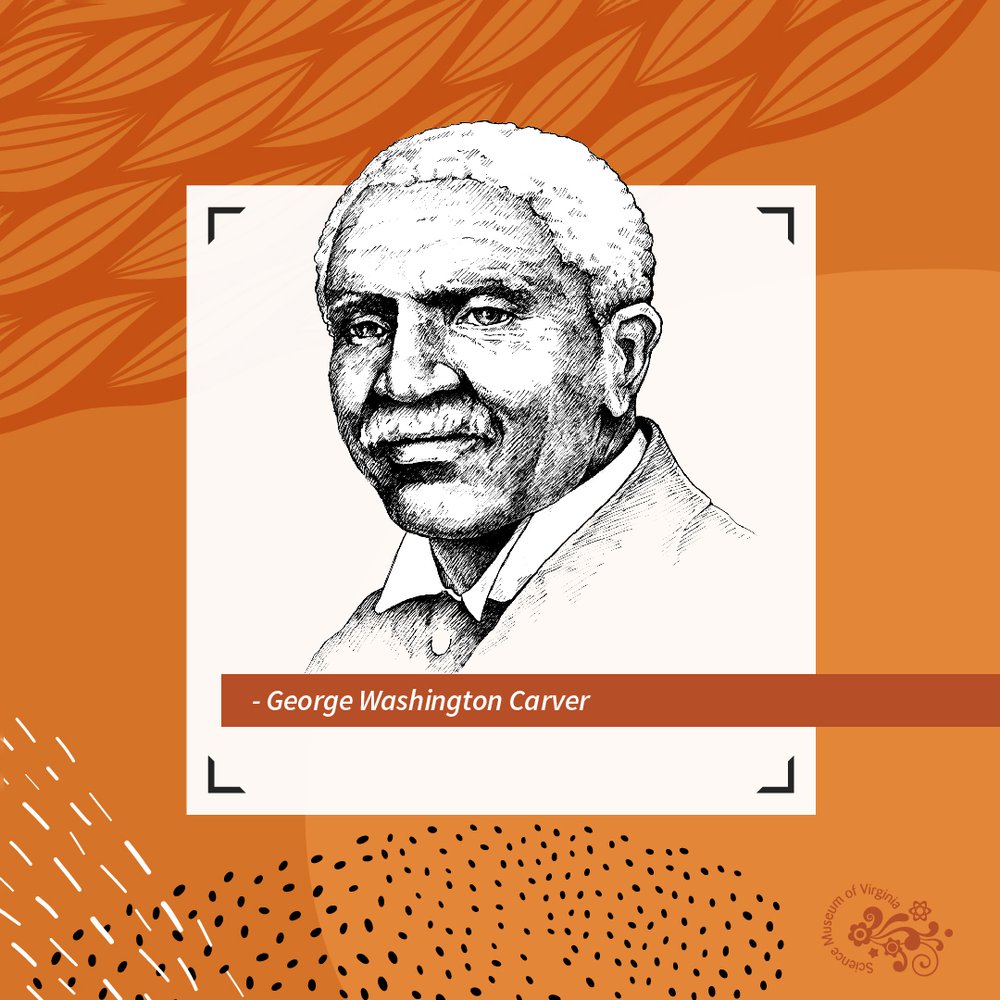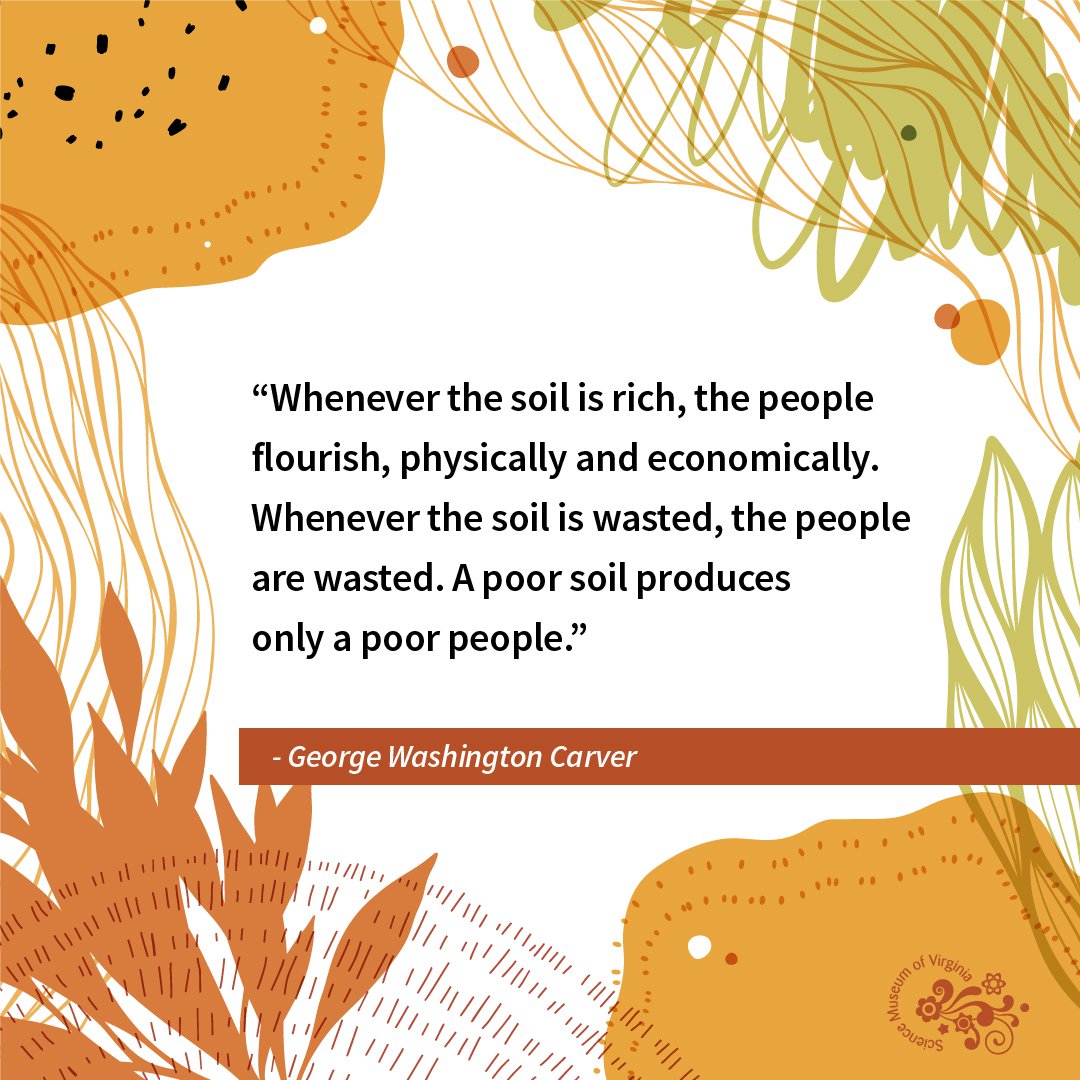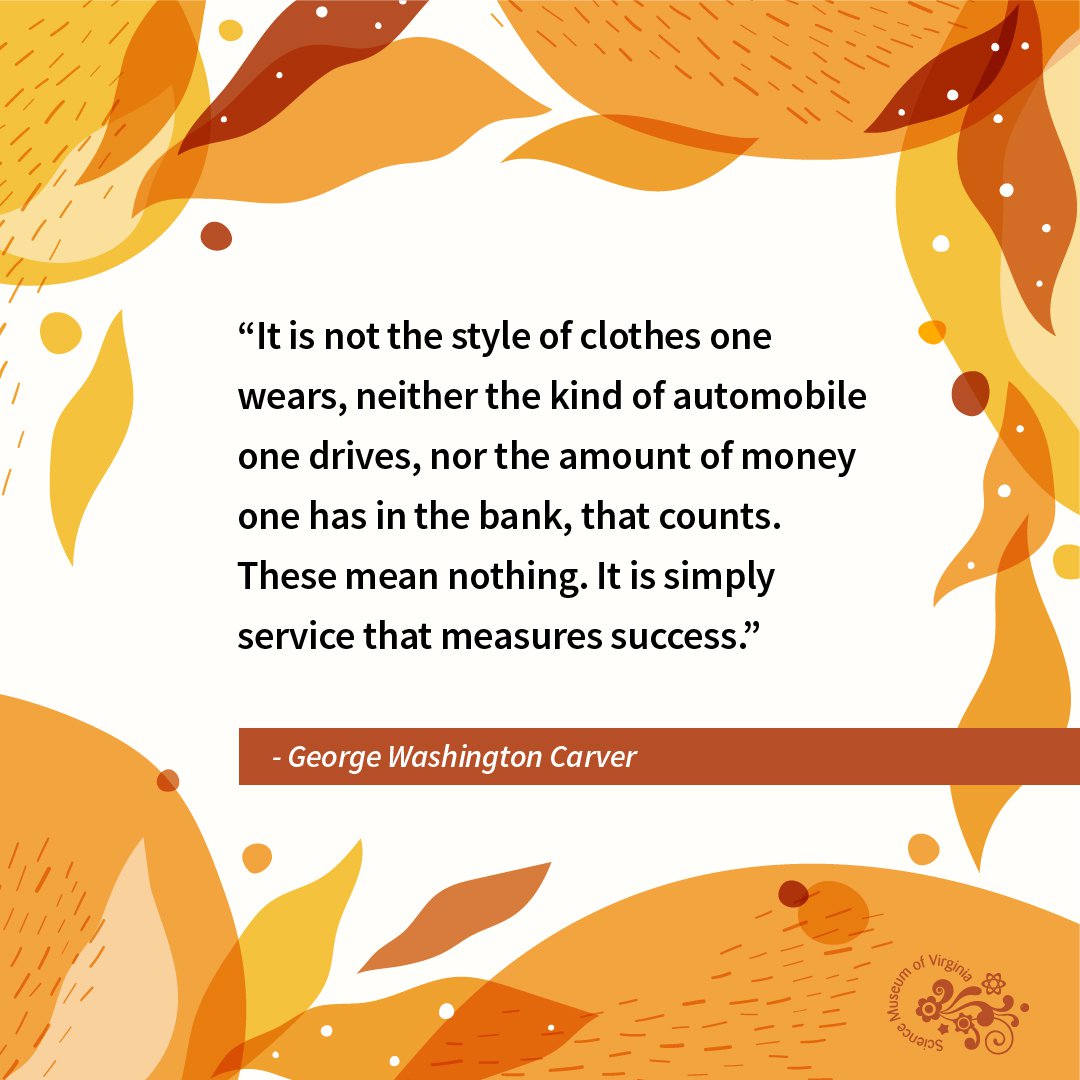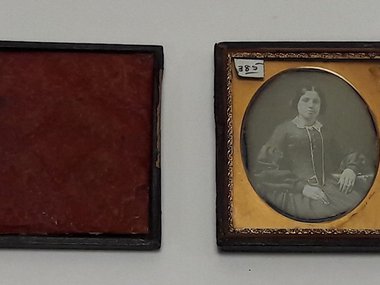Conservation and Chemistry: George Washington Carver's Scientific Impact Extends Beyond Peanuts
National Peanut Day is September 13. Perhaps the most famous “peanut scientist” is George Washington Carver, who created around 300 products from the peanut plant. (Interestingly this did not include peanut butter!) While Carver is often remembered as the peanut man, his accomplishments go well beyond that particular legume.

Illustration courtesy of Twyla Kitts
Born into slavery in the early 1860s, George Carver (he would add Booker T. Washington’s last name to his own later in life) persevered against racism and prejudice in the pursuit of higher education. He walked miles to attend the local school, eventually left town to find better opportunities, and got accepted into a university just to be turned away once they realized he was Black. He kept up his pursuits, however, later stating, “education is the key to unlock the golden door of freedom.”
After earning both a bachelor and master of science degree, Carver began to teach poor Black southern farmers (often sharecroppers) how to make the most of their land through crop rotation. By studying soil chemistry, Carver learned that years of growing cotton (the main cash crop of the South at the time) meant farmers were depleting the soil of vital nutrients. By planting restorative plants that return nitrogen to the soil in a process known as nitrogen fixation--such as soybeans, sweet potatoes, and (you guessed it) peanuts--poor Black farmers could have more successful crop yields in the future and feed themselves in the process.

Carver helped educate these farmers in addition to fulfilling his responsibilities running the agricultural department at the Tuskegee Institute. In order to reach the farmers most in need, he created the Jesup Wagon, a mobile horse-drawn classroom and laboratory used to demonstrate soil chemistry. He continuously created free, simply written brochures that had information about various crops, cultivation techniques, and recipes in order to share his knowledge on conservation and self-sufficiency with those most in need. While Carver was regularly offered other higher-paying positions (including a $100K-per-year salary working for Thomas Edison), his answer was always no.

In 1941, Time Magazine dubbed Carver the “Black Leonardo” because of his work as an artist, scientist, geologist, poet, Bible scholar, and educator. His contributions related to botany, plant hybridization, conversation, mycology (the study of fungus), and agriculture were profound. While Carver’s scientific work impacted the world in many ways, perhaps his best quality was his eager willingness to be helpful.
After Carver’s death in 1943, numerous communities erected memorials and renamed places in his honor, including Richmond, Virginia’s own Carver neighborhood. These highlight the impact one curious and persistent innovator can have, and serve as a powerful reminder how much science enriches our lives.

Learn more about George Washington Carver’s life and legacy:
- https://www.youtube.com/watch?v=_3CVmluYFtI
- https://www.smithsonianmag.com/history/search-george-washington-carvers-true-legacy-180971538/
Learn more about agriculture and community gardening in Central Virginia:


